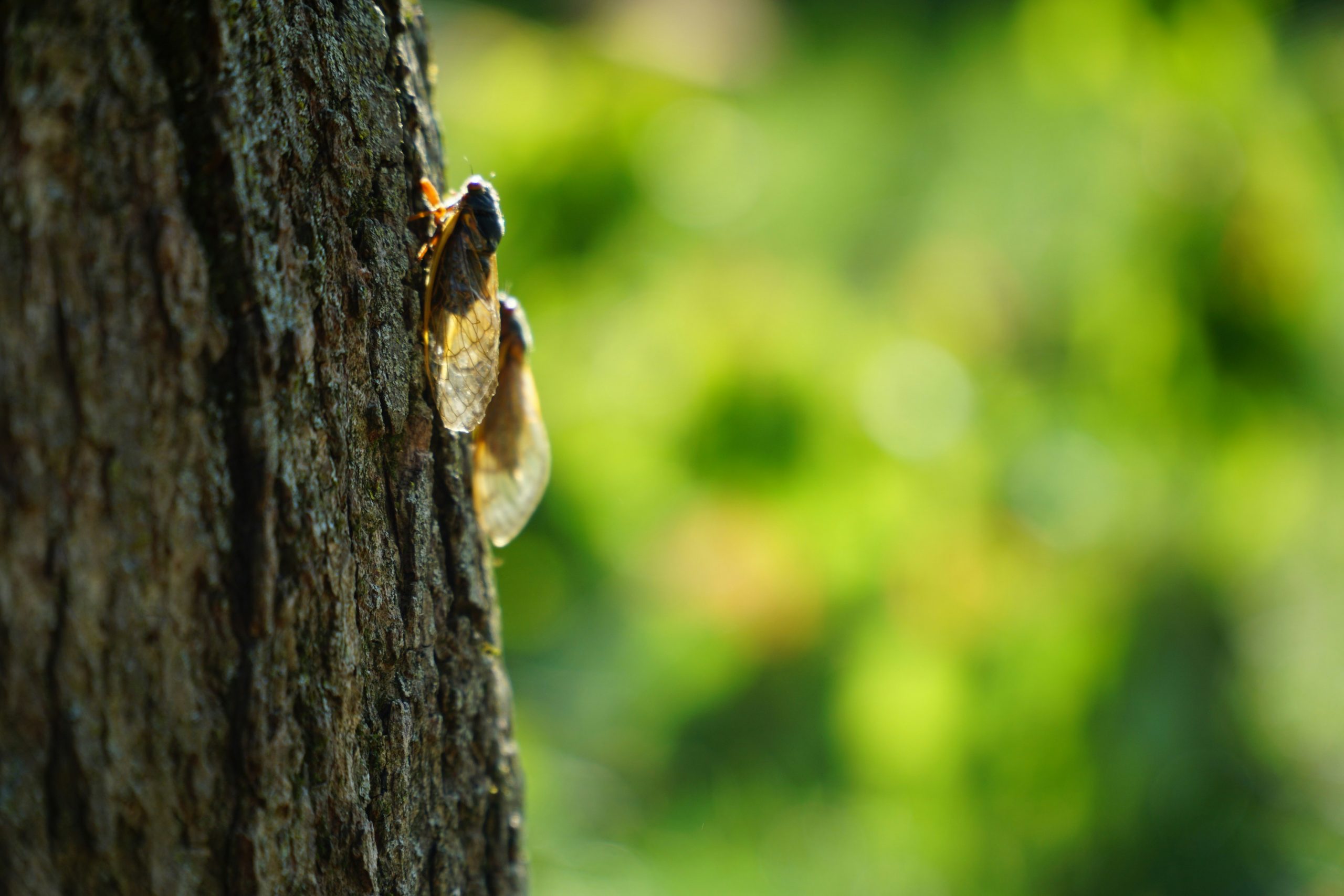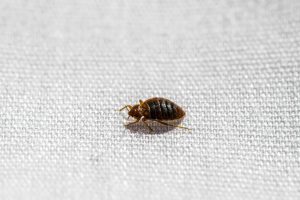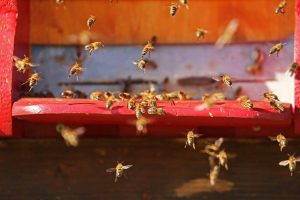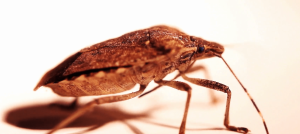We all know cicadas. They are those flying bugs that make a lot of noise when the sun goes down. They spend most of their life underground and only a short time singing to us. The species and brood determine at what time they will emerge from underground, depending on a timeline of 13 or 17 years.
For the first time since 1803, the timelines have aligned in 2024, and both a 13- and 17-year-old periodical brood will emerge together.
Cicada Species and Characteristics
Periodical cicadas emerge every 13 or 17 years, while annual cicadas can live two to five years. Annual cicadas do not emerge in massive numbers — their appearances are staggered and less conspicuous. Compared to the periodical ones, they are larger and come in different colors, such as green, brown or black.
Periodical Cicada Information
There are three species of 17-year broods and four species of 13-year ones. Visually, they look very similar, with their large red eyes and black bodies. Each brood’s emergence is a synchronized event, and they are identified by a Roman number. For example, the two emerging in 2024 are broods XIX and XIII. Not all broods make it on time. Historically, experts have found that periodical cicadas may emerge years earlier or later.
Why do they stay underground for so long? It is a strategy to avoid predators. By mixing the emergences up between 13 and 17 years, they ensure their patterns remain unpredictable for predators. Additionally, if they all emerge together in a large group on such rare occasions, the predators will get overwhelmed, and this can help ensure the survival of their species.
The Significance of the 2024 Emergence
The 13-year and 17-year brood emerging together is an occasion that only happens every 221 years. In addition to that significance, there are other aspects to keep in mind for this upcoming event.
The insects’ buzzing can reach levels of 106.7 decibels. That is the same volume range as power tools, motorcycle engines, leaf blowers and low-flying airplanes. In areas where the cicadas are saturated, expect a lot of noise.
Cicadas don’t cause any harm to the environment, as they are only interested in mating in this last stage of their lives. They do have mouthpieces, but they only eat sticks and twigs. However, just because they are not eating doesn’t mean they won’t be eaten. The huge influx of cicadas will create a feeding feast for birds, small mammals and reptiles. Once they have mated and planted their eggs, the cicadas pass away, providing nutrients to the soil.
Cicada Mapping and Tracking
The 17-year-old brood XIII will emerge in the Midwest of the U.S. Areas include:
- Northern Illinois
- Parts of Iowa
- Parts of Indiana
- Parts of Wisconsin
The 13-year cicadas in brood XIX will be more extensive. They will emerge in the southern and eastern parts of the U.S. There are virtually no areas where both broods overlap. Overlap could theoretically be possible in and around Springfield, Illinois, but overall, the two broods will be in very different areas.
Seeing these two broods of cicadas in 2024 in Pennsylvania is highly unlikely. However, Pennsylvania does sometimes see periodical cicadas from brood X, which was last spotted in 2021. This state also sees annual cicadas come out as usual during springtime.
Protect Your Home From Pests
Cicadas pose very little threat to humans, other than that their noise can get a little irritating. But there are other insects that can threaten your Pennsylvania home this spring, such as termites, ticks and rodents. Contact us for a service if you have a pest issue or need an inspection.






